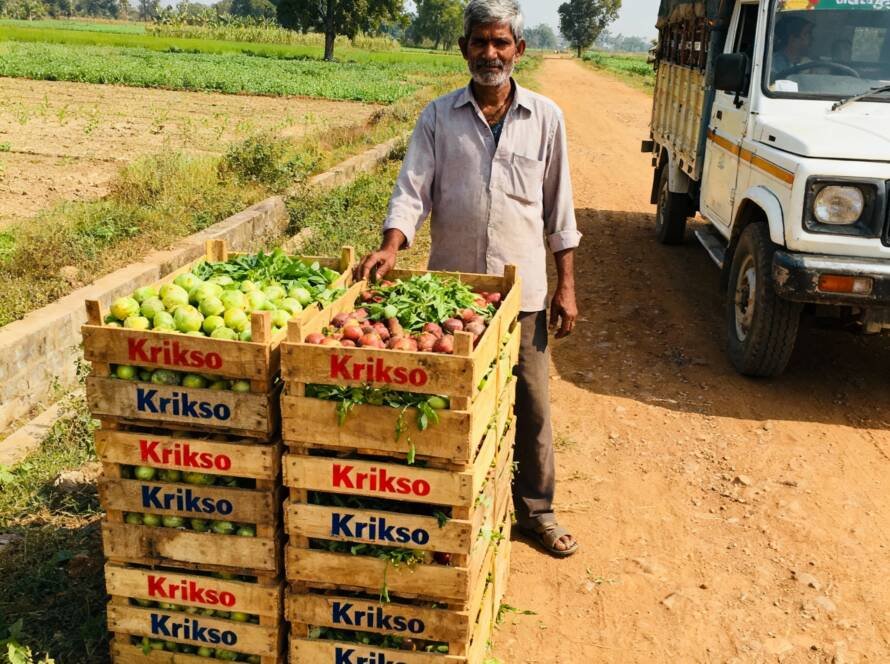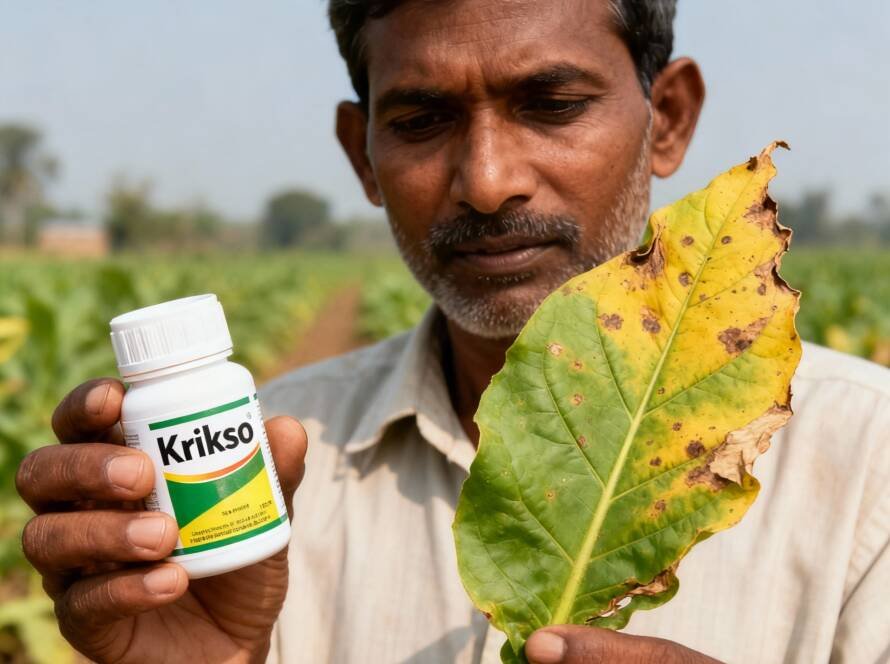Vertical farming is an innovative agricultural technique that allows crops to be grown in stacked layers or vertically inclined surfaces, often in urban settings or areas with limited arable land. By combining hydroponics, aeroponics, and controlled-environment agriculture, vertical farming maximizes yield while minimizing space, water, and resource usage. In this blog, we will explore vertical farming principles, system designs, and how Krikso India’s products and solutions can support farmers and urban growers in adopting this futuristic farming method.
Principles of Vertical Farming
- Space Efficiency: Growing crops in vertical stacks reduces land dependency.
- Controlled Environment: Light, temperature, humidity, and CO₂ levels are monitored for optimal growth.
- Water Efficiency: Recirculating water systems and drip irrigation minimize water consumption.
- Integrated Pest Management: Closed systems reduce pest exposure and reliance on chemical pesticides.
Benefits of Vertical Farming
- Urban Agriculture: Grow fresh vegetables in cities and rooftops.
- Higher Yield per Area: Multiple layers increase output per square meter.
- Resource Efficiency: Reduces water use by up to 90% and limits fertilizer wastage.
- Sustainable and Eco-Friendly: Lowers transportation footprint by growing near consumption points.
- Climate Resilience: Independent of soil quality and weather conditions.
Step 1: Selecting the Vertical Farming System
Vertical farms can use hydroponics, aeroponics, or aquaponics. Choice depends on crop type, available space, and investment.
Recommended Product:
- Krikso Hydroponic Nutrient Mix – Optimizes plant growth in vertical systems.
Step 2: Light and Environmental Control
Proper lighting is crucial in indoor vertical farming. LED grow lights are preferred for energy efficiency and targeted spectrum control. Temperature, humidity, and airflow should also be regulated.
Recommended Product:
- Krikso Smart LED Grow Lights – Energy-efficient lighting for maximum plant productivity.
Step 3: Irrigation and Nutrient Delivery
Vertical farms rely on precise irrigation systems such as nutrient film technique (NFT), drip lines, or aeroponics misters. These systems ensure consistent nutrient and water delivery.
Recommended Product:
- Krikso Drip & Aeroponic Systems – For water-efficient vertical farming setups.
Step 4: Crop Selection and Layering
Fast-growing leafy greens, herbs, strawberries, and microgreens are ideal for vertical systems. Careful layering ensures maximum light and airflow for each plant.
Recommended Product:
- Krikso Organic Seed Kit – A curated collection of high-yield crops for vertical farms.
Step 5: Monitoring and Automation
IoT sensors, environmental monitors, and automated irrigation ensure that crops receive optimal nutrients, light, and water. This reduces labor dependency and enhances productivity.
Recommended Product:
- Krikso Smart Farm IoT Kit – Monitors temperature, humidity, and nutrient levels remotely.
Step 6: Pest and Disease Management
Closed environments reduce pest exposure, but preventive measures like beneficial insects or bio-nutrients are recommended.
Recommended Product:
- Krikso Organic Pest Repellent – Safe and eco-friendly for vertical systems.
Step 7: Harvesting and Post-Harvest Handling
Harvesting should be scheduled according to crop growth cycles. Vertical farms can implement continuous harvest strategies for maximum output.
Recommended Product:
- Krikso Eco-Storage Bags – Preserve freshness without chemicals.
Conclusion
Vertical farming is a game-changer for urban and space-limited agriculture. By combining controlled environments, efficient water and nutrient systems, and Krikso India’s products and GRI-based solutions, farmers and entrepreneurs can achieve higher yields, sustainable production, and year-round fresh produce.
Stay tuned for our next blog: “Drip Irrigation and Smart Water Management: Maximizing Efficiency in Modern Farming.”



